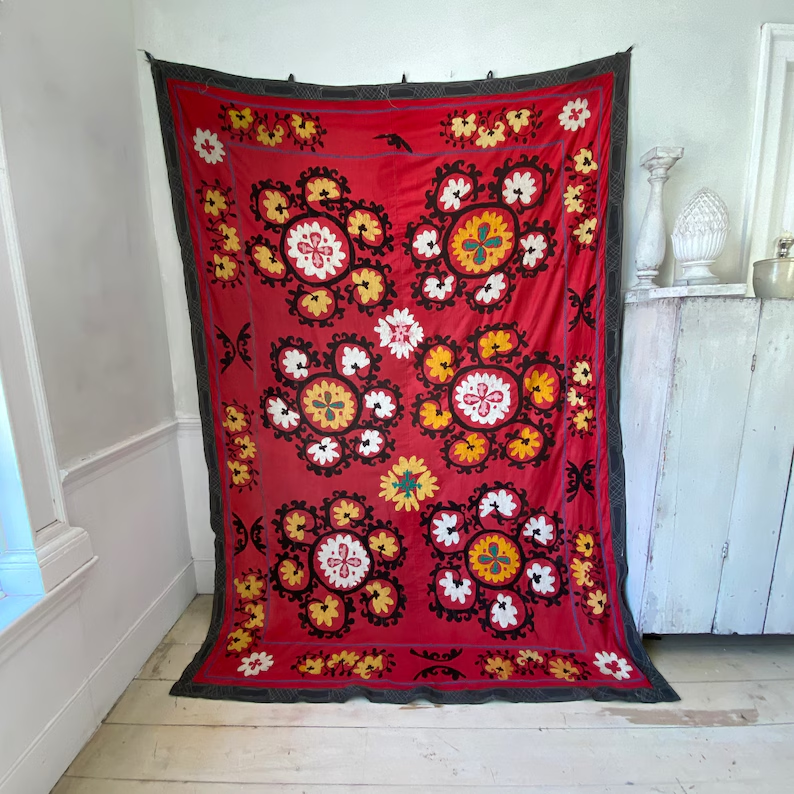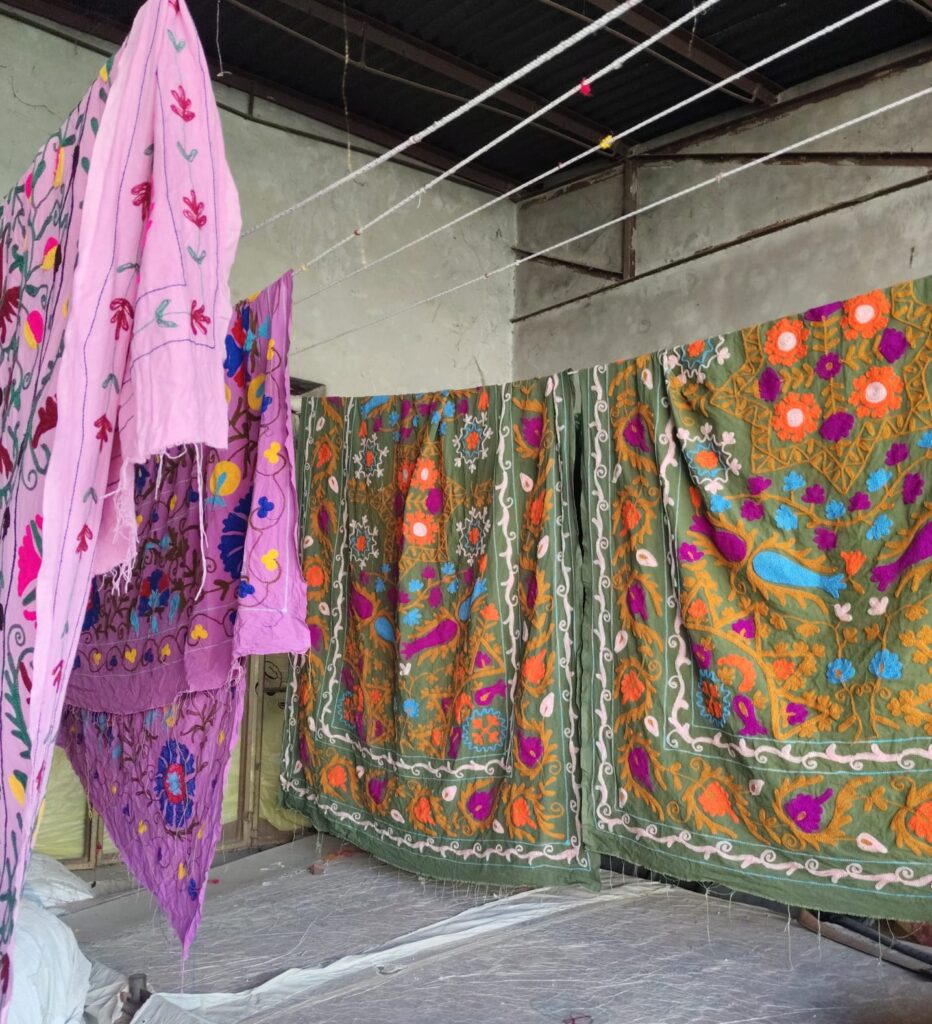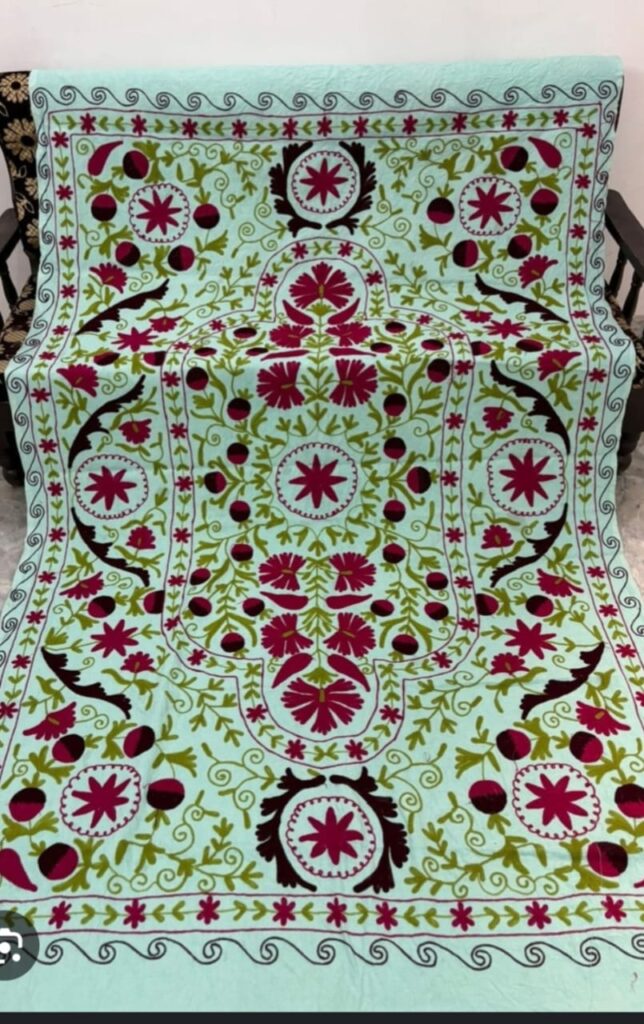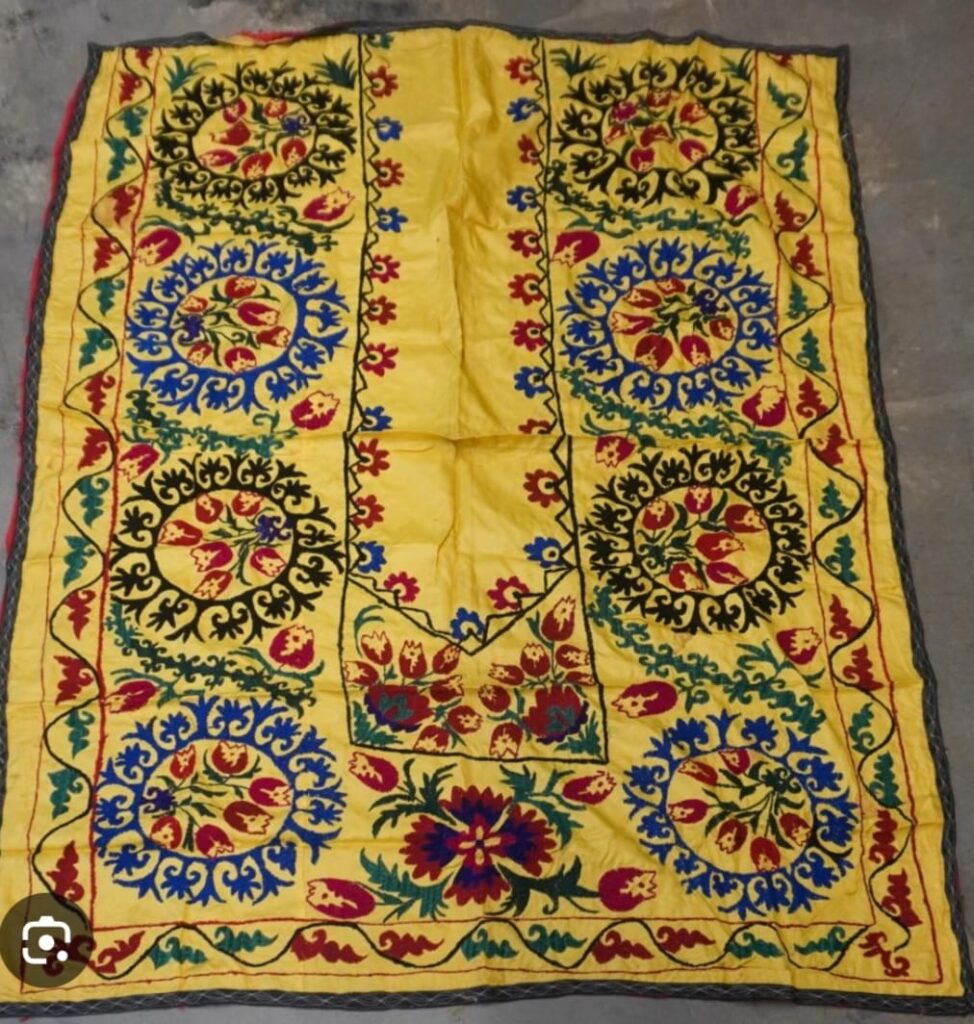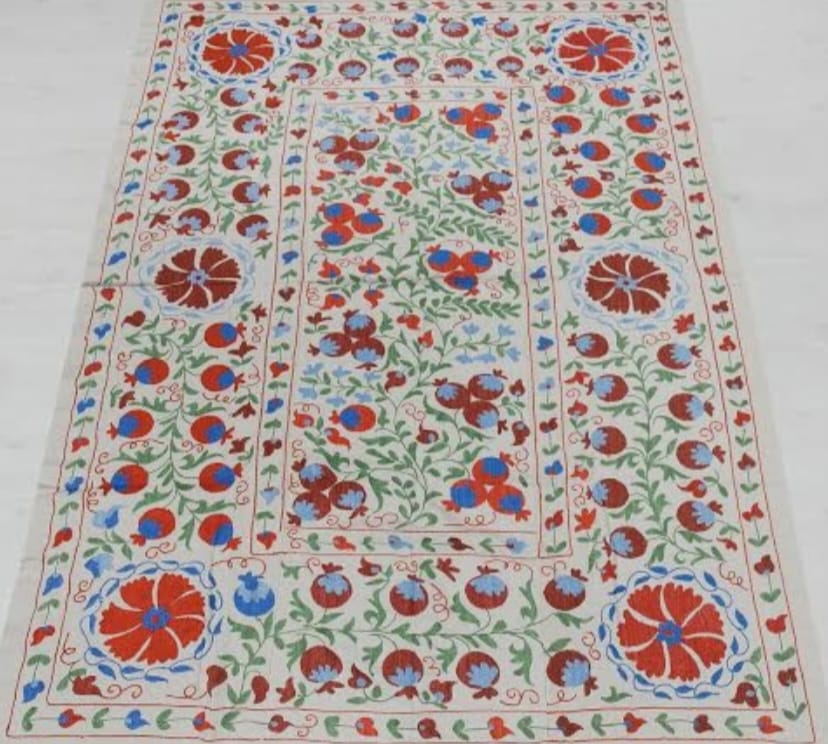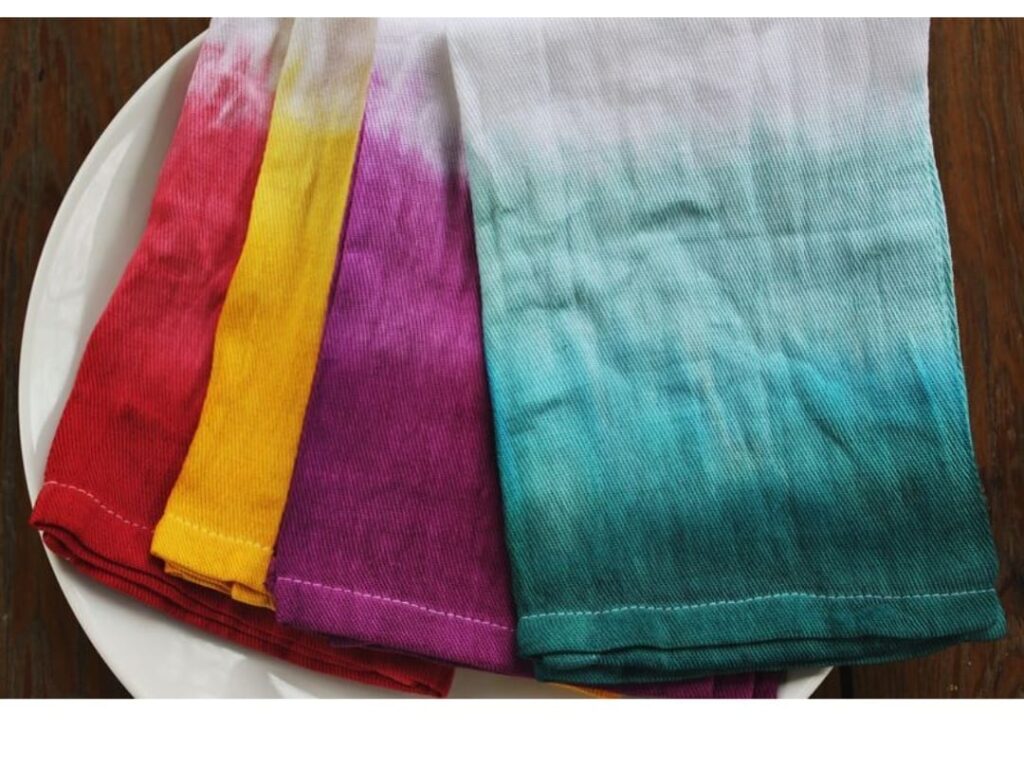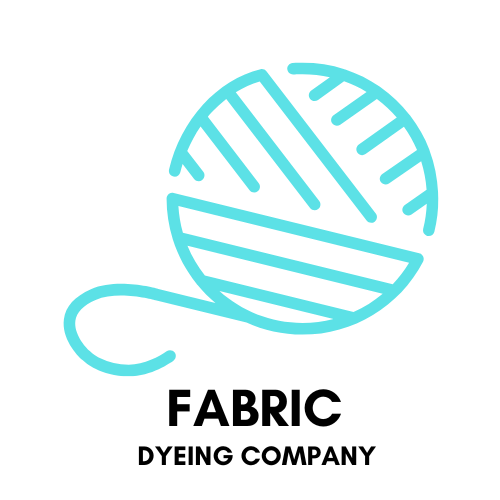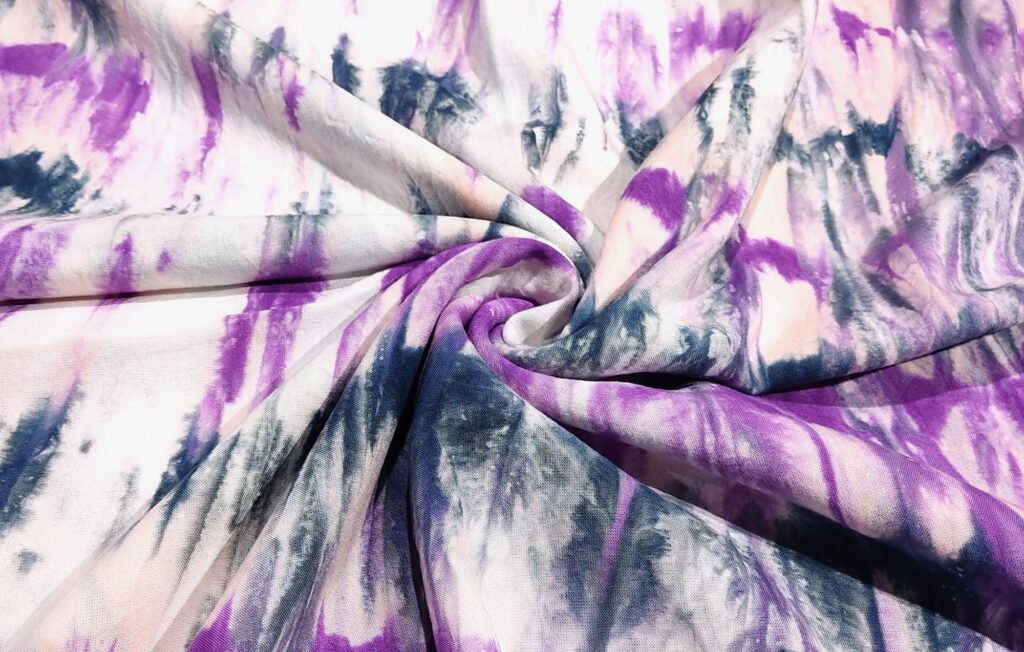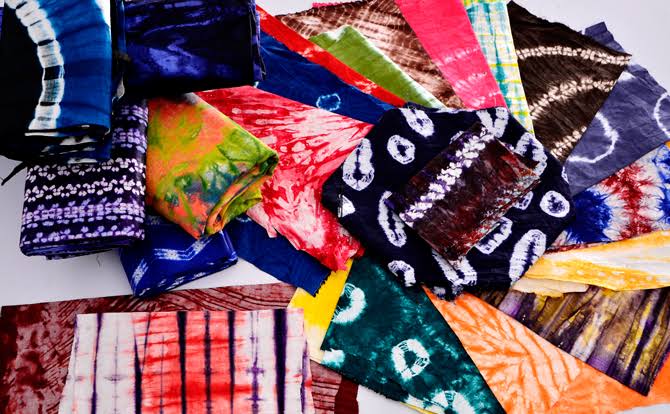+918209178980
Call And Whatsapp Me
“Suzani” means needlework, but to most collectors, the word has a more specific meaning: “suzani” is synonymous with the glorious embroideries of Uzbekistan, in Central Asia. In recent years, we’ve witnessed a remarkable revival of this old traditional art form.
Suzani Coat Dyeing And Washing Center Only For 5Rs Per Meter
These textiles are pretty complex, which indicates their importance. In fact, suzanis were part of a bride’s dowry, generally started at the birth of a daughter and continued with the help of family and friends until the bride’s dowry was complete and ready to be presented to the groom at the wedding. It was a symbol of the family’s status, as the wealthier families could put more time and effort into making their suzanis. So, it was important to make really great suzanis, as your family would be judged by them. The suzani itself was used as the coverlet for the bridal bed on the wedding night, and later as decoration.
Suzani Coat Dyeing And Washing Center Only For 5Rs Per Meter
+918209178980
Call And Whatsapp Me
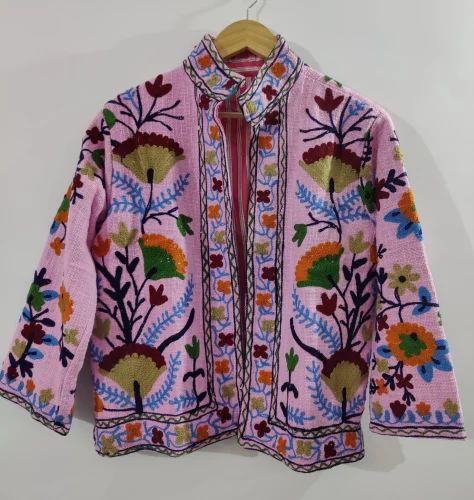
The dye materials used include madder, cochineal, indigo, walnut, pomegranate, and sumak, along with assorted others. On lustrous silks, the results are deep, rich, mellow, and glowing.Popular design motifs include sun and moon disks, meandering
Suzani Coat Dyeing And Washing Center Only For 5Rs Per Meter
grapevines along the border and stylized botanical motifs, flowers, especially tulips, carnations, irises and pomegranate, a traditional symbol of fertility, and occasional fish and birds.Each Suzani produced reflect the talent, wealth and prosperity of the family while the embroidery motifs carry symbolic meaning relating to fertility, protection, health and household stability.
Suzani Coat Dyeing And Washing Center Only For 5Rs Per Meter

Suzani Coat Dyeing And Washing Center Only For 5Rs Per Meter
The story of each Suzanis is as rich as their colors, as intricate as the designs that cover their surfaces. Each female member of the family embroiders a separate strip.
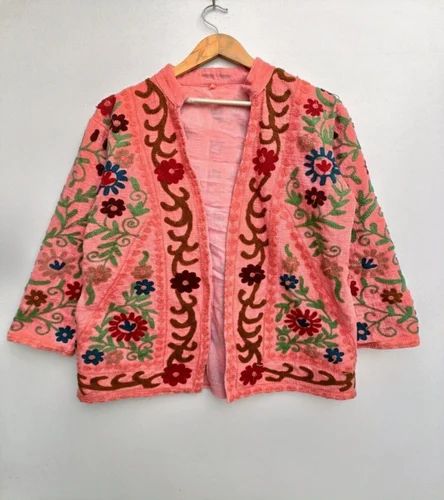
Contact us for Suzani coat dye and washiing dyeing we do Suzani dyeing at very affordable rate
+918209178980
Call And Whatsapp Me
